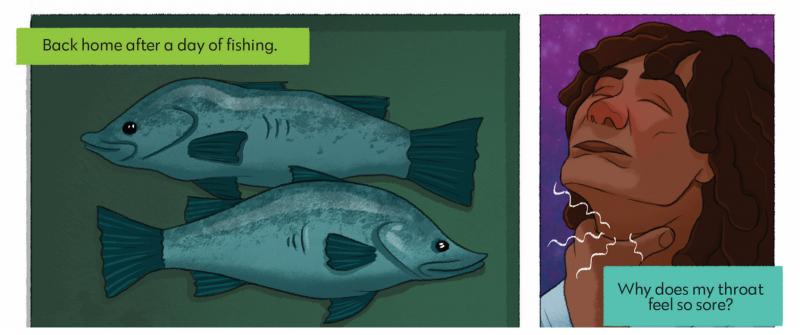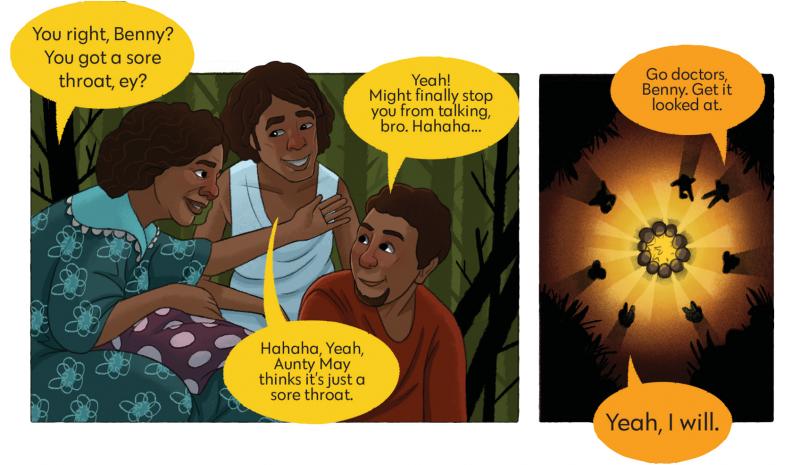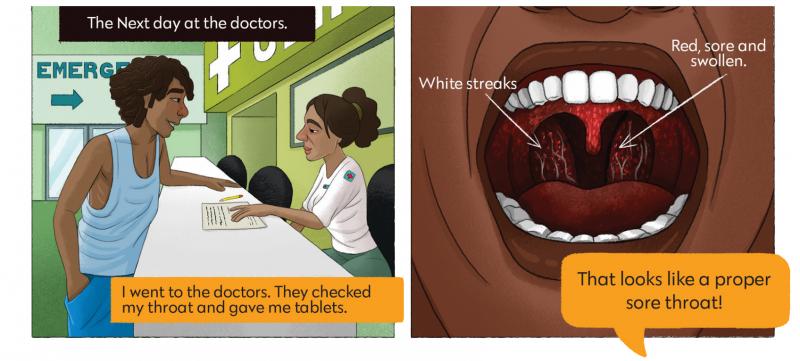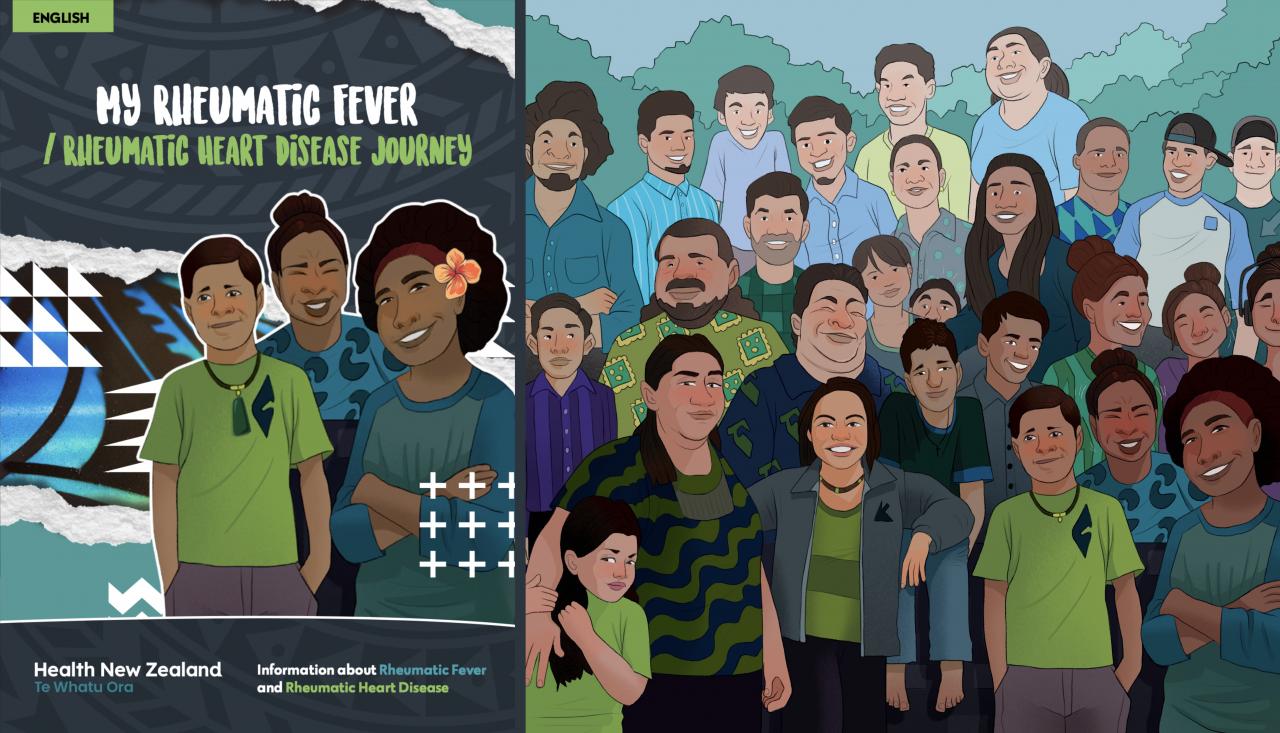What Exactly Is Rheumatic Fever?
What Exactly Is Rheumatic Fever?
This information is for rangatahi (young people) with rheumatic fever or rheumatic heart disease. It's designed to help you and your whānau navigate the journey ahead after your diagnosis.
What is rheumatic fever?
Rheumatic fever is a sickness that happens in some people after they have a Streptococcal (strep) germ. This germ causes sore throats and skin sores. Sometimes, after causing a sore throat, the strep germ can cause the body's germ defence system (immune system) to start attacking your joints, heart, brain and skin - this is called rheumatic fever.
Healthcare professionals often call this ARF, which stands for acute rheumatic fever. When someone has ARF, this can cause fevers, pain, and swelling in the joints. Sometimes, it can hurt so much that it is difficult to move or walk.
Your team of healthcare professionals will have done a number of tests to diagnose rheumatic fever. These include:
- blood tests
- swabbing your throat to see if you still have the strep germ
- a special heart scan called an echocardiogram to see if your heart has been damaged by ARF



Other parts of the journey
My rheumatic fever and rheumatic heart disease journey introduction
Checklist - going home from hospital after my rheumatic fever
Taking care of my health after a diagnosis of rheumatic fever
What exactly is rheumatic fever? (You are here)
My rheumatic fever or rheumatic heart disease journey in pictures
What exactly is rheumatic heart disease?
How will my rheumatic fever be managed?
What other ways can I look after my health after rheumatic fever?
When can I return to doing the things I enjoy after rheumatic fever?
Will I need regular medical check-ups after rheumatic fever?
This page last reviewed 13 October 2023.
Do you have any feedback for KidsHealth?
If you have any feedback about the KidsHealth website, or have a suggestion for new content, please get in touch with us.
Email us now
